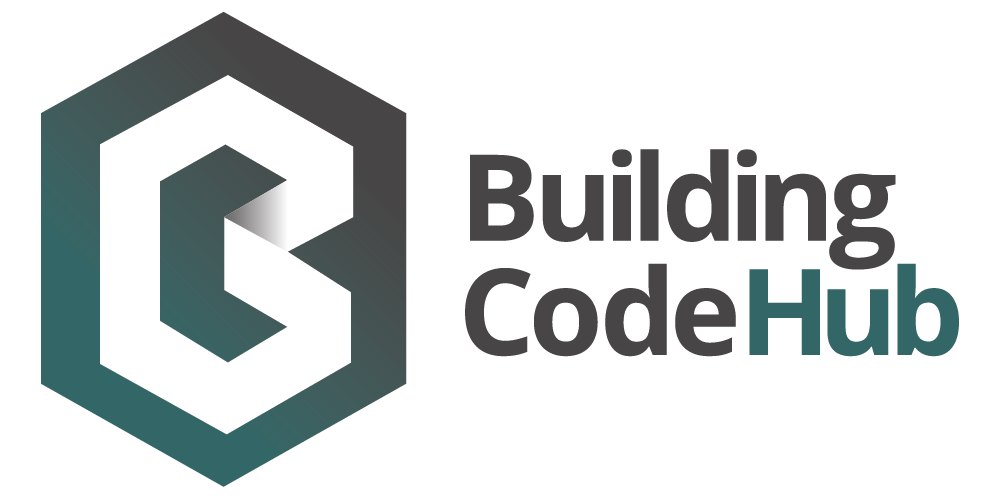Verification Method C/VM2: Framework for Fire Safety Design
- Abbreviation
- C/VM2 (Second edition)
- Version
- Second edition
- Valid from
- 28/07/2025
- Information provider
- Ministry of Business, Innovation and Employment,
- Information type
- Verification Method,
- Format
- PDF,
Description
C Protection from Fire Verification Method C/VM2 Second Edition provides a performance-based framework for demonstrating compliance with Clauses C1 to C6 of the New Zealand Building Code through fire engineering design.
It is intended for buildings where a verification method is preferred over prescriptive acceptable solutions particularly for complex or unique fire safety designs.
The second edition references the Building Product Specifications and includes minor amendments for clarity and usability without altering performance requirements.
Scope
This verification method can be used for the specific design of buildings with:
- a) simultaneous evacuation procedures where occupants evacuate immediately to the outside; and
- b) typical fire growth rates.
Items outside the scope of this document
This verification method does not include buildings that:
- a) do not have simultaneous evacuation schemes that evacuate immediately to the outside; or
- b) require a managed evacuation; or
- c) contain fire hazards that are not defined in Part 2. Rules and parameters for the design scenarios.
The control of hazardous substances is not covered by this verification method and it does not provide for any use, storage or processing of hazardous substances. Compliance with Verification Method F3/VM1 and the Hazardous Substances and New Organisms Act 1996, and the Health and Safety at Work (Hazardous Substances) Regulations 2017 is required where applicable in addition to the requirements of this verification method.
This resource is not cited by any other resources.
Verification Method C/VM2: Framework for Fire Safety Design
This document is not CITED BY any other resources:
This resource cites:
Verification Method C/VM2: Framework for Fire Safety Design
This document CITES:
C/VM2 (Second edition) cites NZS 4510:2008 Fire hydrant systems for buildings - SPONSORED from 10/04/2012
C/VM2 (Second edition) cites NZS 4512:2021 Fire detection and alarm systems in buildings -SPONSORED from 2/11/2023
C/VM2 (Second edition) cites NZS 4515:2009 Fire sprinkler systems for life safety in sleeping occupancies (up to 2000 square metres) - SPONSORED from 10/04/2012
C/VM2 (Second edition) cites NZS 4541:2020 Automatic fire sprinkler systems from 2/11/2023
C/VM2 (Second edition) cites Railway Act 2005 from 28/07/2025
C/VM2 (Second edition) cites BS 7273-4:2007 Code of practice for the operation of fire protection measures. Actuation of release mechanisms for doors from 10/04/2012
C/VM2 (Second edition) cites DD ENV 1991-2-2:1996 Eurocode 1: Basis of design and actions on structures. Part 2.2: Actions on structures exposed to fire from 5/11/2020
C/VM2 (Second edition) cites Hazardous Substances and New Organisms Act 1996 from 28/07/2025
C/VM2 (Second edition) cites Hazardous Substances and New Organisms Act 1996 from 28/07/2025
C/VM2 (Second edition) cites International fire engineering guidelines - 2005 from 28/07/2025
C/VM2 (Second edition) cites ISO 13571:2007 Life-threatening components of fire - Guidelines for the estimation of time available for escape using fire data from 10/04/2012
C/VM2 (Second edition) cites Local Government Act 1974 from 28/07/2025
C/VM2 (Second edition) cites Health and Safety at Work (Hazardous Substances) Regulations 2017 from 28/07/2025
C/VM2 (Second edition) cites Fire and Emergency New Zealand (Fire Safety, Evacuation Procedures, and Evacuation Schemes) Regulations 2018 from 28/07/2025
C/VM2 (Second edition) cites SFPE Engineering Guide to predicting 1st and 2nd Degree Skin Burns from Thermal Radiation, 2000 from 28/07/2025
C/VM2 (Second edition) cites SFPE Handbook of Fire Protection Engineering, 2008 Ed. from 28/07/2025
C/VM2 (Second edition) cites Education (Early Childhood Services) Regulations 2008 from 28/07/2025




